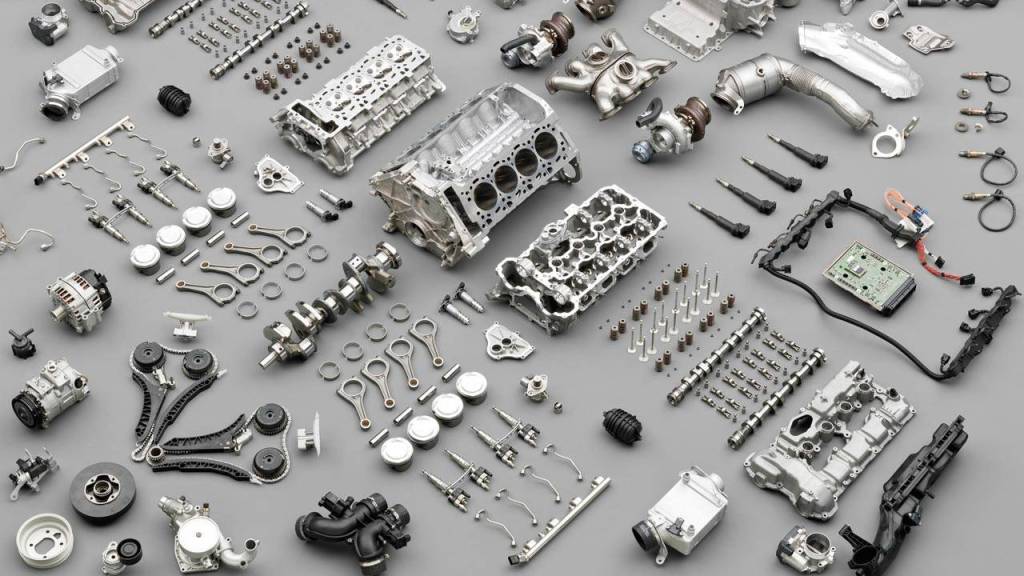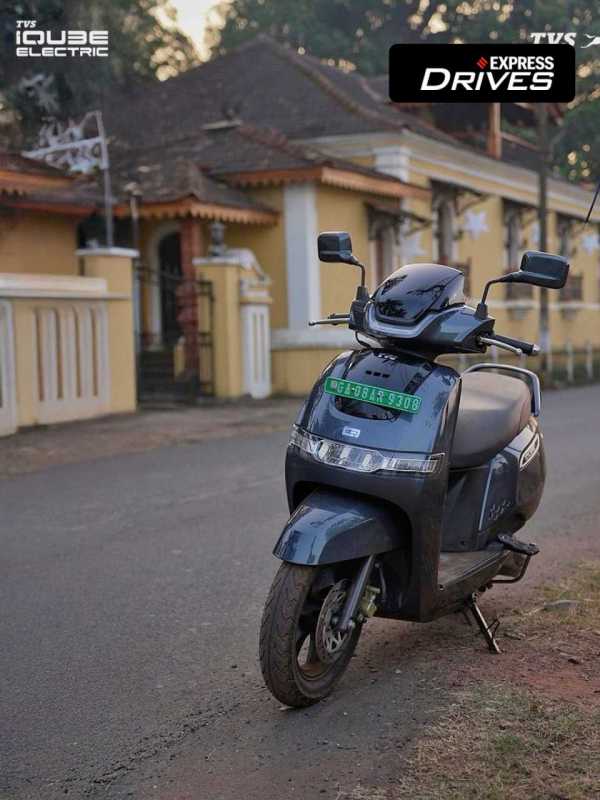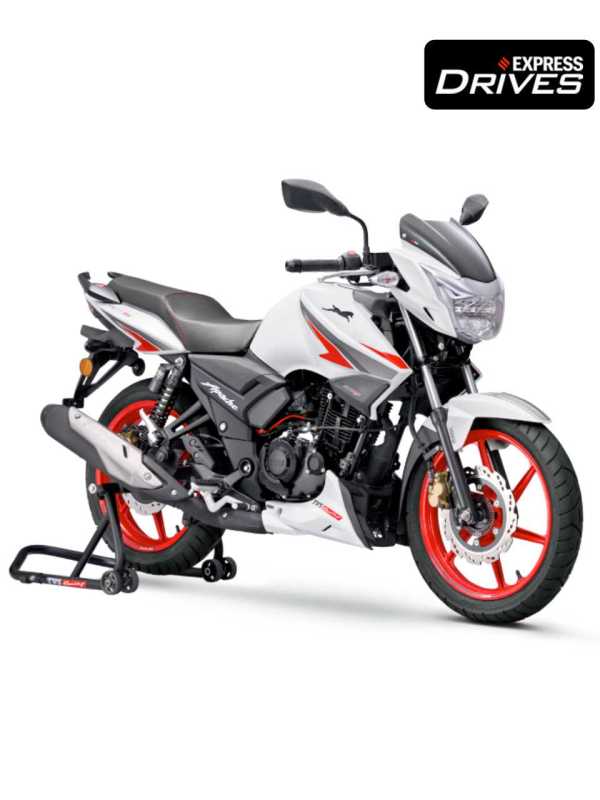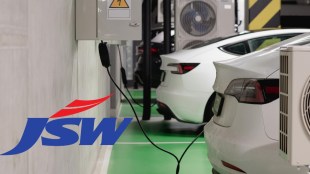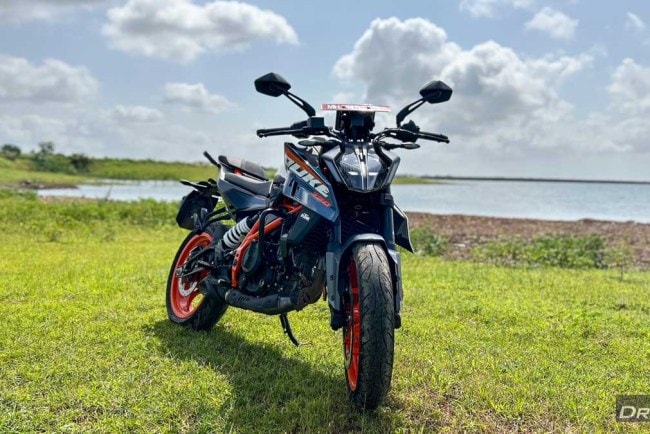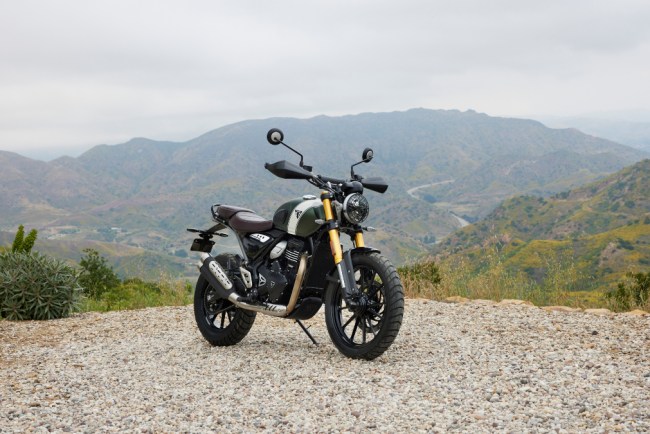The Indian passenger vehicle segment is expected to clock record sales this year but the two-wheeler sales may stay muted. Sanjay Kapur, President, ACMA and Chairman, Sona Comstar believes that with a slew of new launches, vehicle sales are expected to gain traction, especially during the festive season. He was speaking at a virtual conference organised by ACMA for its annual performance results.
He also sees opportunities for the Indian auto component makers to further their game and win new businesses from the global market as the country slowly but gradually becomes a preferred alternative to China.
“Further, increased focus by the auto industry on deep-localisation and the announcements of the PLI schemes by the government on Advanced Chemistry Cell (ACC) Batteries and Auto & Auto Components will facilitate the creation of a state-of-the-art automotive value chain and aid in developing India into an attractive alternative source of high-end auto components,” said Kapur.
He expects the component industry to transform itself as sales of electric two-wheelers and three-wheelers gain traction. He is hopeful that the “buoyancy in the market will continue through the year and FY2023 will witness a healthy performance.”
For FY2022, India’s automotive component industry clocked its highest-ever revenue of Rs 4.2 lakh crore ($56.5 billion), which was 23 percent higher compared to the previous year. The last peak the industry achieved was revenue of Rs 3.9 lakh crore in FY2019, then the numbers came down due to the Covid-19 led pandemic and other factors.
The domestic revenue for the last fiscal came at Rs 3.41 lakh crore ($45.8 billion), up 22 percent YoY. In terms of trade, exports grew by 43% to Rs 1.41 lakh crore ($19 billion) while imports grew by 33 percent to Rs 1.36 lakh crore ($18.3 billion) leading to trade surplus of $700 million. This is compared to the $500 billion trade deficit in FY2021.
Vinnie Mehta, Director General, ACMA said, “Despite the supply-side issues, as vehicle sales and exports gradually gained traction, month-on-month, the auto component industry demonstrated a remarkable performance in FY2022. Significant growth was witnessed across all segments including supply to OEMs, exports as also the aftermarket.”
The aftermarket estimated at Rs 74,203 crore also witnessed a steady growth of 15%. Component sales to OEMs in the domestic market grew by 22 percent to Rs 3.41 lakh crore.
Enhanced raw material prices, consumption of increased value-added components and shift in market preference towards larger and more-powerful vehicles (in the passenger vehicle space) contributed to the increased turnover of the auto-components sector.
Interestingly, ‘drive transmission & steering’ alongside ‘engine components’ remained dominant segment for both exports and imports, accounting for 54% and 49% share respectively.
“Whilst the automotive value-chain faced significant disruptions over the last two years in wake of the pandemic, vehicle sales, especially in the PV, CV and tractor segments now seem to have reached the pre-pandemic levels. Of late, there has been some moderation in the supply-side issues of availability of semiconductors, input raw-material costs and availability of containers.”
“Increased value-addition to meet regulatory compliance, fast recovery in external markets and traction in the domestic market, both OEMs and aftermarket have contributed to the remarkable growth of the auto components sector in FY 2021-22,” said Kapur.
In terms of concerns, he says the poor offtake of two-wheelers, increase in cost of insurance, high inflation, excessive fuel cost and extreme logistics costs are some of the issues of concern to the industry and do need urgent government attention.
EVs a sunrise segment
The trend of electrification is providing the global automotive industry both an opportunity and a challenge. For India though, Kapur believes it is a right opportunity to further establish itself as a global sourcing hub.
In fact, he reveals that ACMA has opened up its membership for software and cell makers supplying to the automotive industry, which was not the case earlier.
Kapur believes that the “Capex cycle” has begun for the component industry and almost all suppliers are investing and working on newer technologies. “There are new opportunities not just for products, but also in connectivity, infrastructure. There is a requirement of putting up to 2 million EV chargers by 2030.”
He further stated even in the electric vehicle space, almost 70 percent of the content remains same. The only major difference being of the powertrain and fuel source. Kapur believes that in Indian context passenger vehicle will see a different growth story (in terms of electrification). For the commercial vehicle space, the current battery technology will not make much sense.

